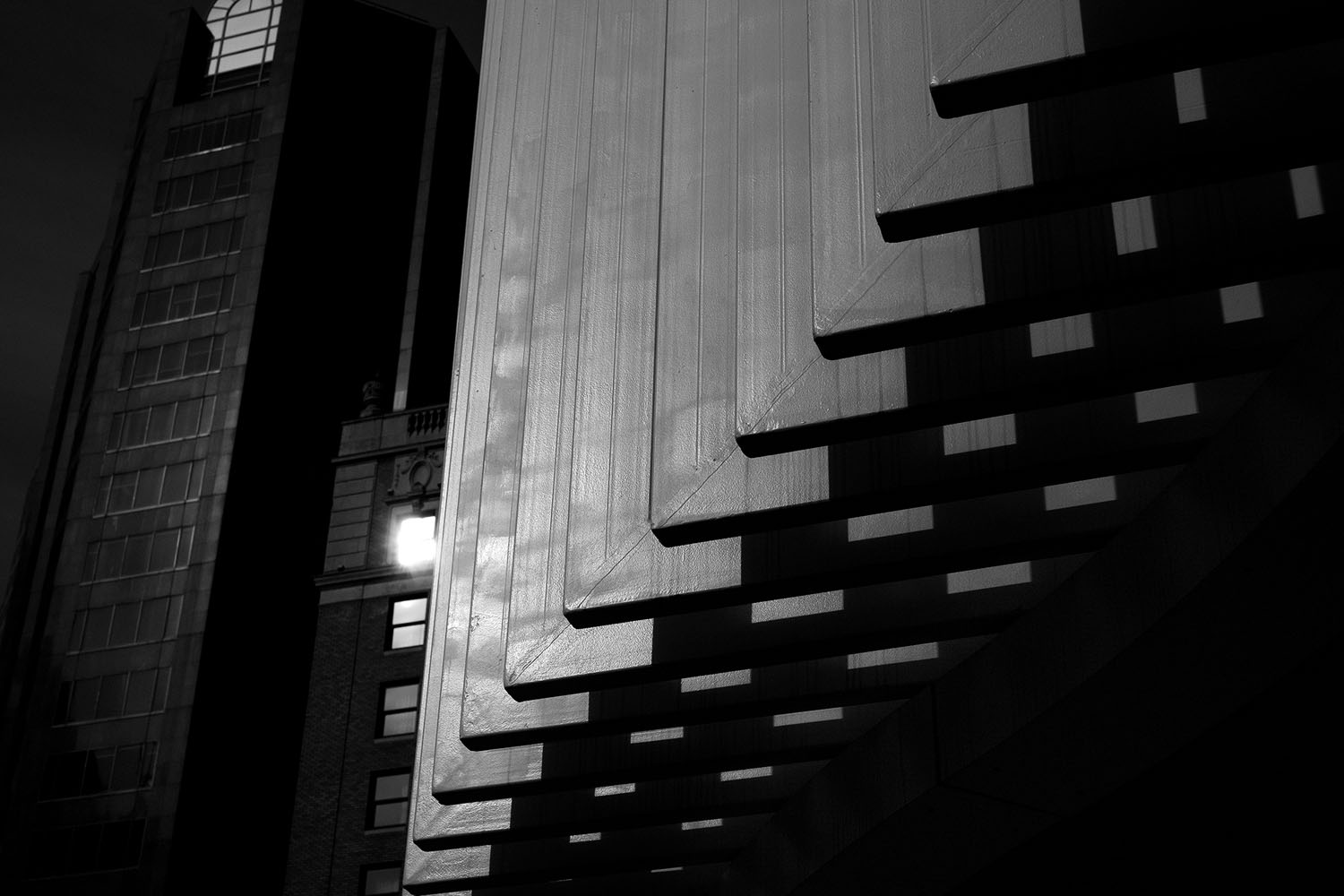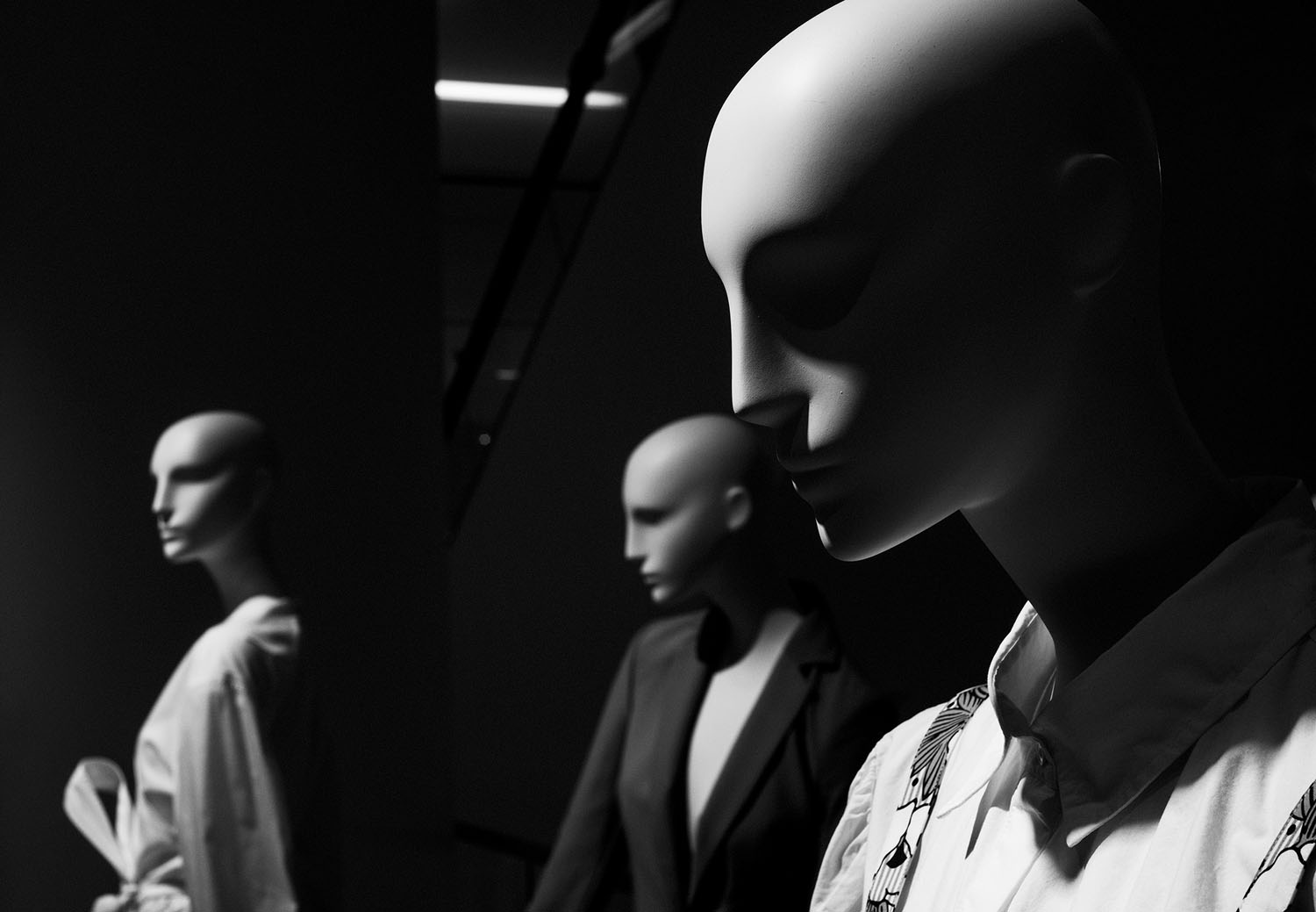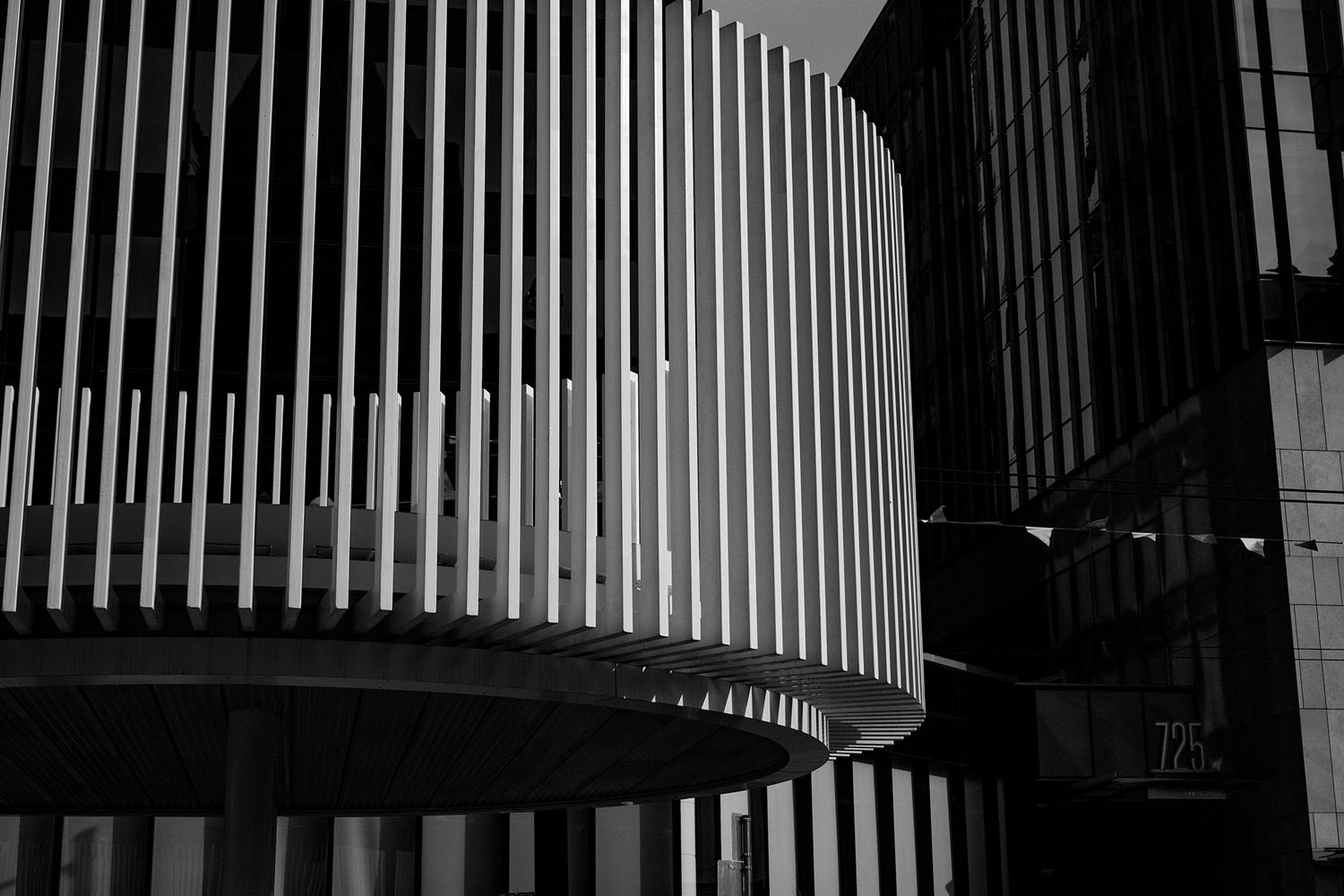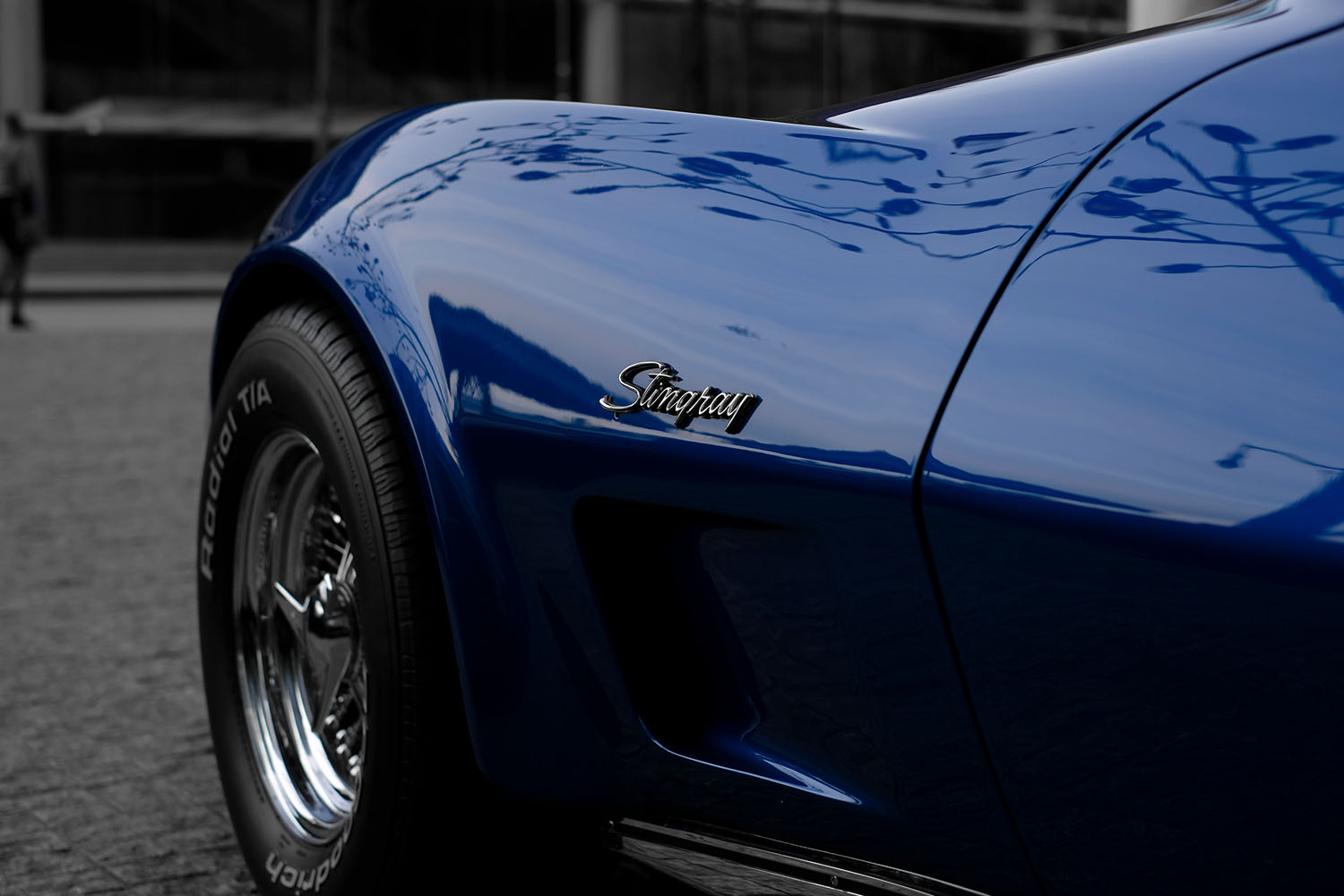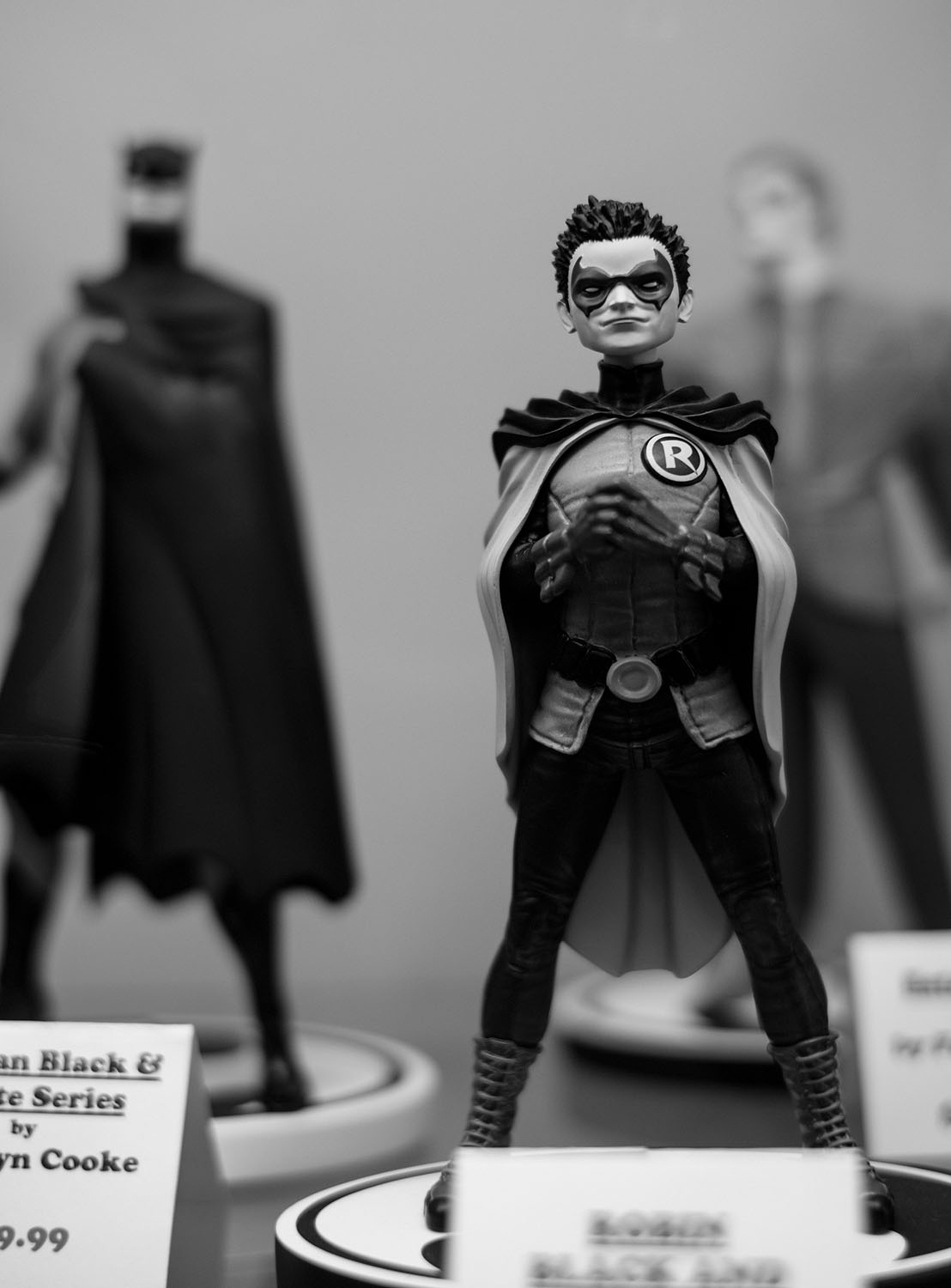
FUJIFILM X-H1: Powerful, Steady and Discreet - No Matter the Shooting Situation
Robert Falconer
Là người có thâm niên tường thuật những câu chuyện và chuyên gia truyền thông đa ngành, Robert bắt đầu công việc của mình với tư cách là một nhà biên kịch, sáng tác chuyện, viết kịch bản và dựng phim truyền hình, như “Star Trek: The Next Generation”, các phần tiếp theo và những bộ phim khác.
Trong giai đoạn này của cuộc đời, niềm đam mê thời thơ ấu với nghệ thuật và khoa học nhiếp ảnh cùng xuất hiện như một phần trong bộ kỹ năng tường thuật câu chuyện của ông. Sự thành thạo sớm trong ngôn ngữ điện ảnh, cùng với năng khiếu phổ quát về khái niệm hóa sáng tạo và hình dung, đã giúp ông nhận ra những khoảnh khắc kể một câu chuyện trong một khung hình duy nhất.
Ông là thành viên của Hiệp hội quay phim quốc tế 669, Robert đã tạo ra những bức ảnh tĩnh cho các bộ phim hành động như The Predator, Wonder, và The Miracle Season, và loạt phim truyền hình cao cấp, bao gồm The Twilight Zone (2019), The X-Files, Supergirl, và Supernatural.
Trong 25 năm qua, các hình ảnh công việc của ông bao gồm chụp ảnh cưới, chân dung, du lịch và biên tập cho các tổ chức cá nhân, tin tức, kinh doanh và nhân đạo. Robert có nhiều khách hàng lớn như CBS, Netflix, 20th Century Fox, Warner Bros Entertainment, Mạng CW, B2ten / Active for Life, Fujifilm, Ủy ban nghiên cứu môi trường và sư tử châu Phi, Metro News, và nhiều loại truyền hình cáp, phát trực tuyến và phương tiện truyền thông, và công ty sản xuất. Các công trình của ông đã được đăng tải trên nhiều ấn phẩm thương mại, từ Entertainment Weekly đến New York Times.
Having used Fujifilm’s X-H1 near-exclusively for my on-set work over the past few months, I recently decided it was high time to take it out and give it a shakedown in the “real world”. With a rare weekend all to myself, and no specific shooting agenda in mind, I decided to pair it with the first interchangeable FUJINON lens I ever acquired (along with my X-Pro1), the XF35mmF1.4 R, which to this day remains one of my favorite lenses of this focal length, due to its beautiful color reproduction, sharpness, and three-dimensional rendering quality when shot wide open. Since Fujifilm has advertised that the original 35mm FUJINON derives the greatest advantage from the new in-body image stabilization system in the X-H1 — benefitting from a full 5.5 stops of stabilization — it seemed like a logical pairing; ultimate FUJINON prime optical quality attached to the most advanced X Series body to-date.
I hit the streets of Vancouver searching for whatever caught my fancy (and whatever might pop up in front of me), curious to see how this particular combination would work in a day-to-day walkabout shooting scenario. Typically, my favorite X Series gear for this type of photography has been either the X100F, with one or both of its two conversion lenses (a very compact kit) or the X-Pro2 with anywhere from one to three lenses. Since I began using the X-H1, it has always had the vertical grip attached to it out of necessity for the type of work I do. This gives it the approximate form factor of a gripped DX DSLR (if not the weight), but belies just how small the X-H1 is by itself. I was thus surprised at just how compact the X-H1 with a single prime is; little bigger than the X-T2, and frankly not that much bulkier than the X100F itself, aside from the more pronounced hand grip (which actually aids in my next observation).
One of the things that I have grown accustomed to — even dependent upon — with the X-H1 is the new shutter mechanism. In-body image stabilization is all well and good, but if the shutter in a camera generates noise, vibration or harshness, then to some extent it defeats the purpose of a good IBIS system. The X-H1’s redesigned shutter is extremely quiet and well dampened (well beyond any other camera I have ever shot with, bar none), allowing one to shoot in sensitive situations, confident in the knowledge that one is not disturbing their subject, nor working at cross-purposes with the IBIS mechanism. This has been a godsend photographing on set, but I also found myself benefitting from it during street photography. First, subjects don’t hear the shutter, even in full mechanical mode. Second, when using a low ISO and choosing to control aperture and shutter speed in order to attain whatever effect one might desire, such as stopping the lens down to something like F11 for maximum DOF on the street, one’s shutter speed can quickly descend to levels where one’s subject may well remain frozen, but a precariously perched photographer might not be fully stable. Combined with IBIS, even at relatively short focal lengths like 35mm, the low vibration shutter mechanism helps realize every last bit of quality out of already excellent lenses. And, if like me, you like to drink at least a couple of cups of coffee during a day out shooting, well…you get the idea!
The images on this page were all made with the X-H1 and the XF35mmF1.4 R. As I mentioned at the outset, there was no mission, per se, and I ended up just free-forming things. I am so accustomed to photographing people on a daily basis, that I did however make a conscious decision to avoid that on this particular outing, ultimately choosing to look for light, shape, texture and tone only. The lone exception being the proud Canada Geese parents and their goslings who took little interest in holding still while I maneuvered my squatting body back and forth trying to find a decent capture as they scurried to and fro. Yet another benefit of IBIS!
Does this mean I’m giving up my X100F and X-Pro2…? Not a chance. That pair remain my favorite form factor for street, most travel, and much of my personal work. But the benefits of the X-H1’s quiet shutter mechanism coupled with IBIS cannot be overlooked, and if I were starting from scratch with the Fujifilm system tomorrow for professional work, the X-H1 would be the first body I would acquire. It’s versatility is undeniable.















































